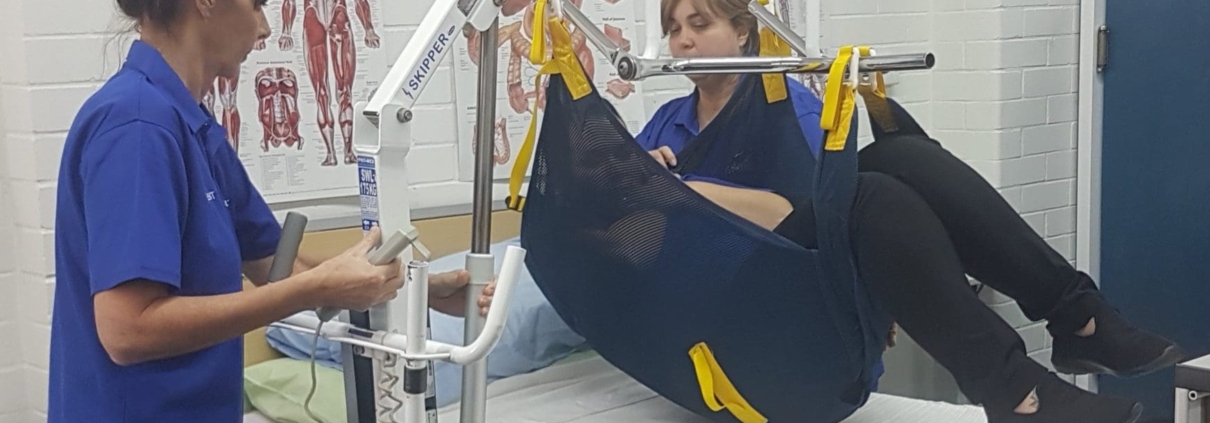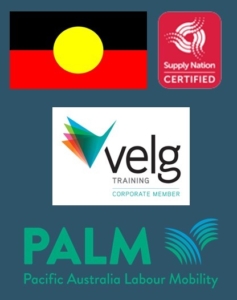Preventing Injuries: Manual Handling Safety in Care and Support
Preventing Injuries: Manual Handling Safety in Care and Support
In the care and support sector, ensuring the safety of both clients and staff is paramount. One significant area of concern is manual handling, a common cause of injury in care and support settings. This article delves into the best practices for manual handling safety, aiming to prevent injuries in care and support environments.
Understanding Manual Handling in Healthcare
Manual handling refers to any activity requiring the use of force exerted by a person to lift, lower, push, pull, carry, or otherwise move, hold, or restrain any person, animal, or thing. In care and support, this often involves person handling, where the risk of injury is high due to the nature of the tasks involved.
The Prevalence and Impact of Manual Handling Injuries
Injuries from manual handling account for a significant proportion of work-related injuries in the care and support sector. These injuries not only affect the workers but also have a broader impact on the system, including financial costs and reduced quality of client care due to staff shortages or limitations.
Key Strategies for Injury Prevention
- Risk Assessment and Management
- Identifying Hazards: Regularly assess the workplace to identify potential manual handling hazards.
- Evaluating Risks: Determine the likelihood and severity of injury from identified hazards.
- Implementing Controls: Apply measures to minimise risks, such as altering work practices or using assistive devices.
- Education and Training
- Proper Technique Training: Ensure staff are trained in correct manual handling techniques.
- Ongoing Education: Provide refresher courses and updates on new equipment or procedures.
- Use of Assistive Equipment
- Lifting Devices: Utilize equipment like hoists or slide sheets to reduce physical strain.
- Ergonomic Tools: Implement tools designed to minimise injury risk, such as adjustable beds or chairs.
- Workplace Design and Ergonomics
- Environment Optimisation: Design workspaces to facilitate safe manual handling, considering factors like space and flooring.
- Ergonomic Assessment: Regularly review the layout and equipment to ensure they support safe handling practices.
- Encouraging a Safety Culture
- Staff Involvement: Involve staff in safety planning and decision-making.
- Reporting and Feedback: Encourage reporting of hazards and injuries, and use this information for continual improvement.
Legal and Ethical Considerations
Providers have legal obligations to ensure workplace safety under various health and safety laws. Ethically, there’s a duty of care to both employees and clients, emphasising the importance of safe manual handling practices.
Overcoming Challenges in Manual Handling Safety
The care and support industry faces unique challenges in manual handling, such as handling clients with mobility issues or dealing with emergency situations. Addressing these challenges requires a combination of specialised training, appropriate equipment, and an adaptable approach to safety procedures.
Preventing injuries through safe manual handling practices in healthcare is crucial. It requires a multifaceted approach, involving risk management, training, equipment use, ergonomic workplace design, and fostering a culture of safety. By prioritizing these areas, healthcare providers can protect their staff and patients, ensuring a safer, more efficient healthcare environment.
Take your workplace safety to the next level – Get manual handling training with Equinox College today! Don’t wait, equip yourself with the skills and knowledge necessary to handle tasks safely and efficiently. Visit our website or call us now (07 3106 3859) to schedule your training session. Your well-being and productivity depend on it!





Leave a Reply
Want to join the discussion?Feel free to contribute!